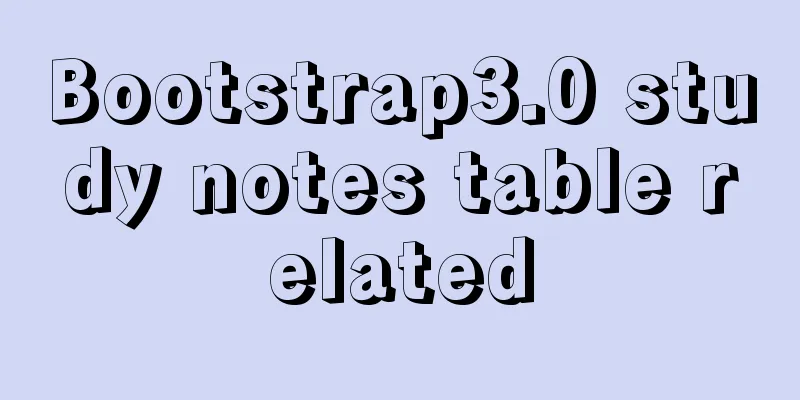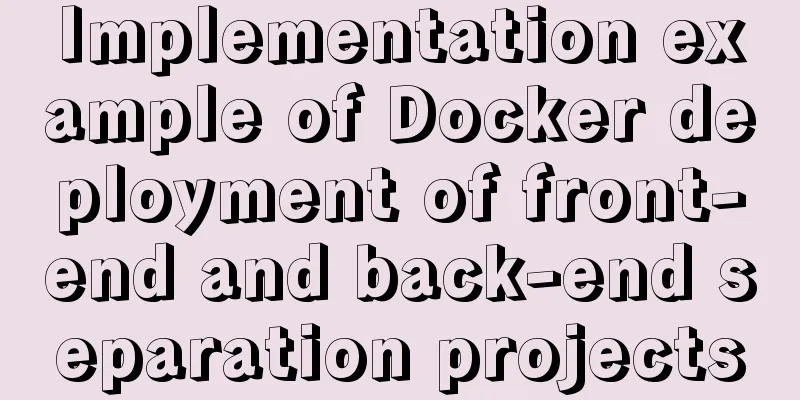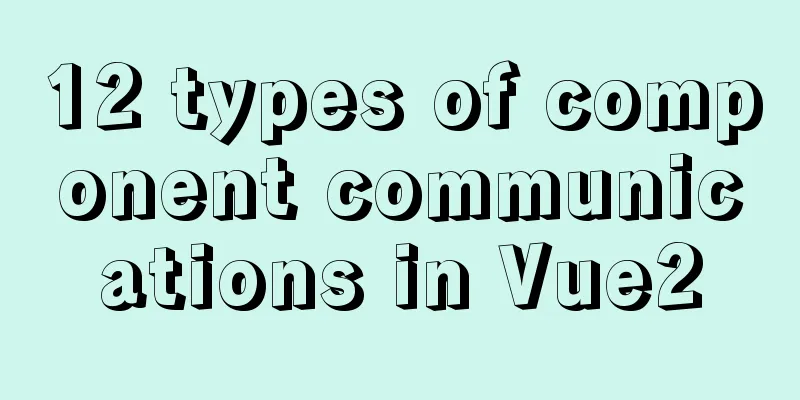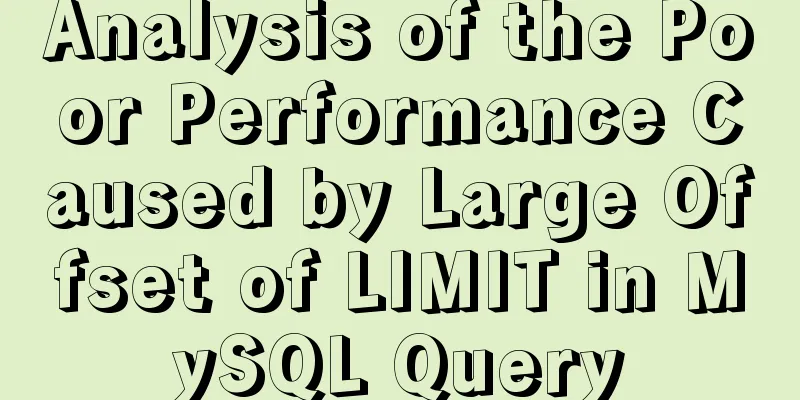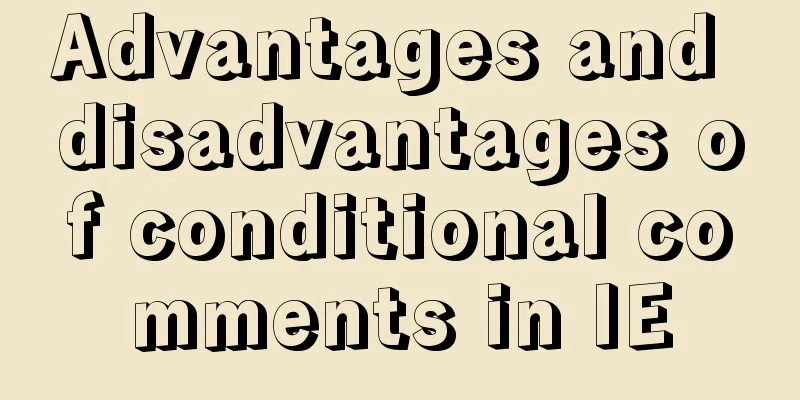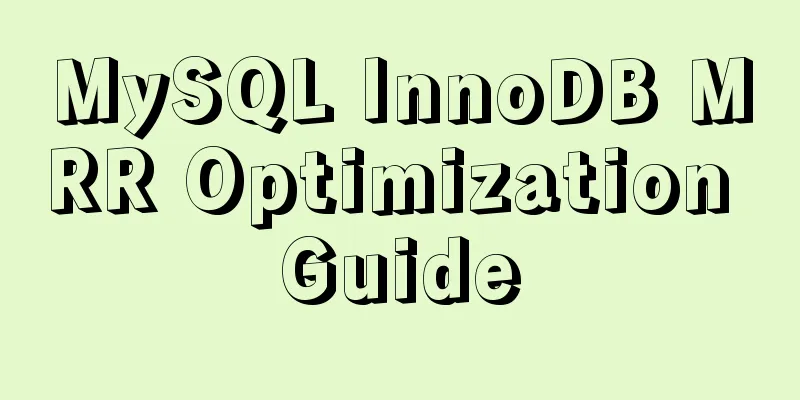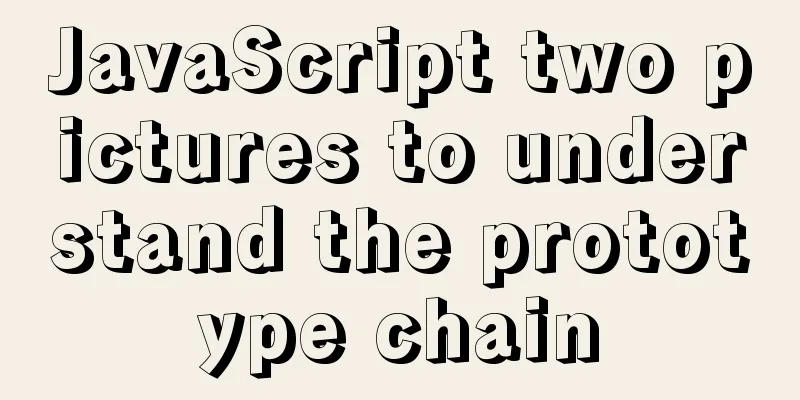Detailed explanation of basic concepts of HTML
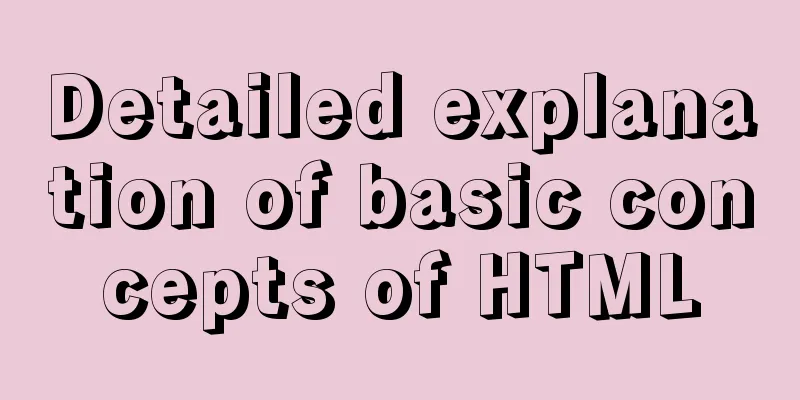
|
What is HTML? HTML is a language used to describe web pages. •HTML stands for Hyper Text Markup Language HTML Tags HTML markup tags are often referred to as HTML tags. •HTML tags are keywords enclosed in angle brackets, such as <html> HTML Elements An HTML element refers to all the code from the start tag to the end tag.
Note: The start tag is often called the opening tag, and the end tag is often called the closing tag. HTML Element Syntax •HTML elements start with a start tag HTML attributes HTML tags can have attributes. Attributes provide additional information about HTML elements. Attributes always appear as name/value pairs, for example: name="value". Attributes are always specified within the opening tag of an HTML element. Property Example 1: <h1> Defines the start of a heading. <h1 align="center"> has additional information about alignment. TIY: Center the title Property Example 2: <body> defines the body of the HTML document. <body bgcolor="yellow"> has additional information about the background color. TIY : Background color Property Example 3: <table> defines an HTML table. (You will learn more about HTML tables in a later chapter) • HTML documents describe web pages The role of a web browser is to read HTML documents and display them in the form of web pages. Browsers do not display HTML tags; instead, they use the tags to interpret the content of the page. <html> </html> Example explanation • The text between <html> and </html> describes the web page •When you save an HTML file, you can use either the .htm or .html file extension. We use .htm in our examples. This is just a habit that has been formed over a long period of time, because many software in the past only allowed three-letter file suffixes. However, for new software, there is absolutely no problem using .html. The above detailed explanation of the basic concepts of HTML is all the content that the editor shares with you. I hope it can give you a reference. I also hope that you will support 123WORDPRESS.COM. Original URL: http://www.cnblogs.com/sxtywjx/p/5665033.html |
<<: A simple way to clear the CSS, JavaScript and background image cache in the browser
>>: Detailed steps to build an independent mail server on Centos7.9
Recommend
Detailed explanation of the principle and usage of MySQL stored procedures
This article uses examples to explain the princip...
Summary of pitfalls encountered in installing mysql and mysqlclient on centos7
1. Add MySQL Yum repository MySQL official websit...
Introduction and usage of Angular pipeline PIPE
Preface PIPE, translated as pipeline. Angular pip...
Vue implements real-time refresh of the time display in the upper right corner
This article example shares the specific code of ...
Install mysql5.7.17 using RPM under Linux
The installation method of MySQL5.7 rpm under Lin...
Docker connection mongodb implementation process and code examples
After the container is started Log in to admin fi...
Detailed explanation of prototypes and prototype chains in JavaScript
Table of contents Prototype chain diagram Essenti...
Common properties of frameset (dividing frames and windows)
A frame is a web page screen divided into several ...
Detailed explanation of the process of nginx obtaining the real source IP after passing through multiple layers of proxy
question Nginx takes $remote_addr as the real IP ...
How does MySQL ensure master-slave consistency?
Table of contents The basic principle of MySQL ma...
Detailed explanation of Angular routing basics
Table of contents 1. Routing related objects 2. L...
Specific use of MySQL window functions
Table of contents 1. What is a window function? 1...
MySQL slow query: Enable slow query
1. What is the use of slow query? It can record a...
In-depth explanation of various binary object relationships in JavaScript
Table of contents Preface Relationships between v...
Implementation of MYSQL (telephone number, ID card) data desensitization
1. Data desensitization explanation In daily deve...
